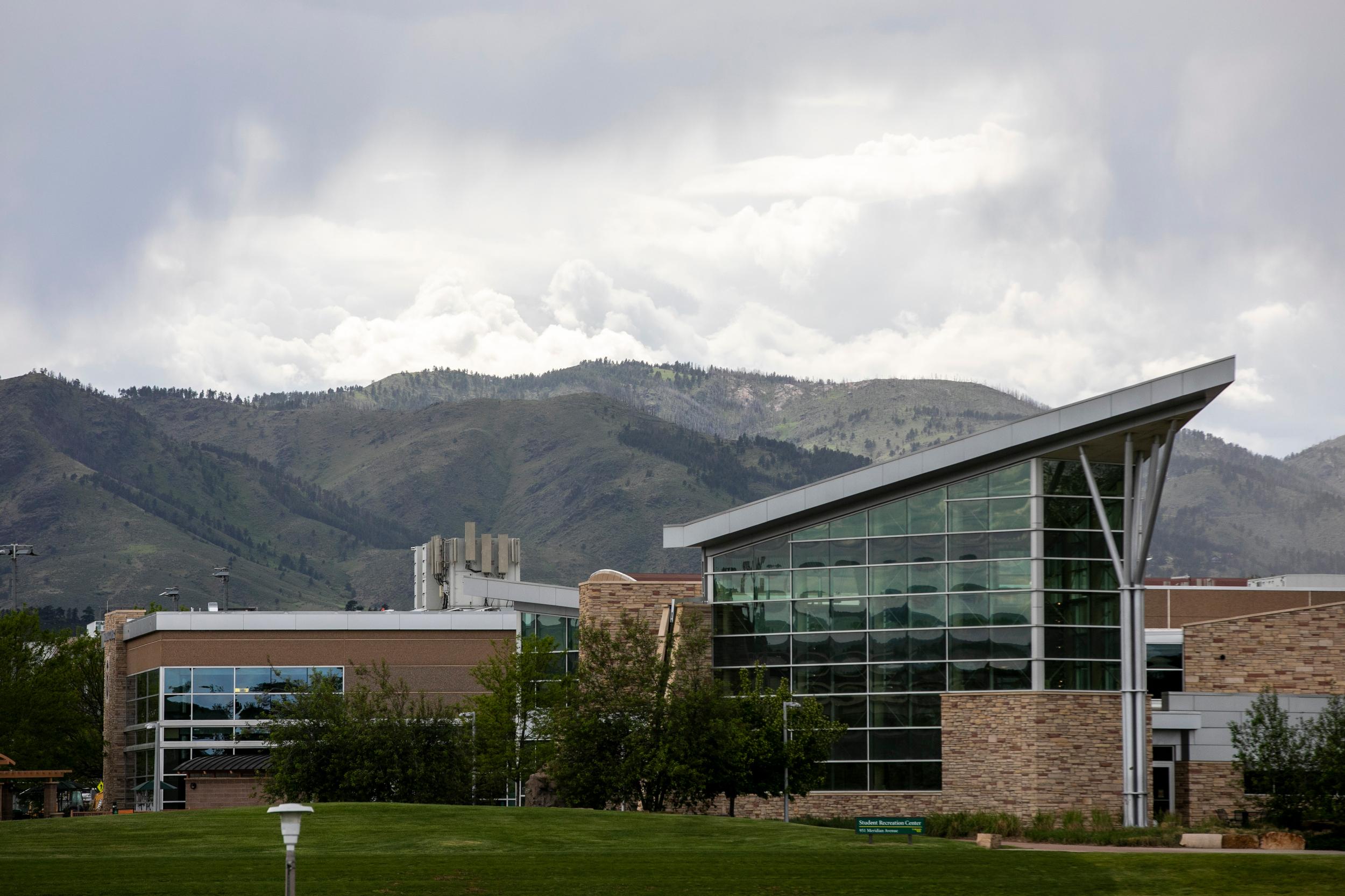Originally published on July 17, 2019 9:29 am
The number of deaths and accidents on Colorado’s rivers is right around normal for a high flow year, according to data from the conservation group American Whitewater.
Since early June, 12 people have died while rafting, kayaking and paddleboarding on Colorado’s rivers.
“What we’re seeing is what happens during a high water year,” said American Whitewater’s Charlie Walbridge, who has kept a record of river accidents and fatalities since 1975. He maintains the database by editing user-generated posts and combing through news articles.
Walbridge has been tracking fatalities this year for the group. (American Whitewater receives funding from the Walton Family Foundation, which also funds KUNC’s Colorado River coverage.)
“The Fourth of July weekend was terrible,” he said. “It seemed like every time I opened up Facebook or checked my email there was another accident.”
2019 is comparable to 2014, 2009 and 2008, Walbridge said. In each of those years, statewide snowpack and subsequent spring and summer flows were above average. And in those high flow years, like this one, more people died while recreating on Colorado rivers. In 2014, 13 people died. In 2009, 10 people died. In 2008, 11 people died.
In contrast, during several drought years within the last decade, the state logged no deaths for river recreators. In both 2012 and 2013, when peak flows for rivers throughout Colorado were much below average, no fatalities were reported to American Whitewater’s database.
From 1998 to 2018, a total of 135 people died while recreating on Colorado’s rivers, most of them during commercial or private rafting, kayaking or paddleboarding. That averages out to about seven deaths per year.
But Walbridge said it’s misleading to compare to an average when river fatalities are so variable, and dependent on annual changes in river conditions.
An important variable too, he said, is the length of high flows during spring runoff. The 2019 high flow season is unique in that above average flows were sustained for a longer period, due to wet and cool weather that tempered snow melt. Those sustained high flows widened the window of time recreators could head out on rivers at the same time the risk was highest.
“If you had one big high water period where things were flooding massively and there was a lot of publicity about staying off the water, that’s very different from something where you’ve got high water for a longer period,” Walbridge said.
With most snowpack gone from the Rocky Mountains, rivers throughout the Mountain West have reached their highest flow for the year and will continue to drop through the summer.
That said, Walbridge cautions to always check water levels before heading out to kayak, paddleboard or raft as they can fluctuate.
“Wearing a life vest, knowing the river, and going with an experienced partner can make the difference between a fun day and something scary and out of control,” he said.
This story is part of a project covering the Colorado River, produced by KUNC and supported through a Walton Family Foundation grant. KUNC is solely responsible for its editorial content.
Editor's note: This story has been updated to reflect American Whitewater's funding.
Copyright 2020 KUNC. To see more, visit KUNC.








